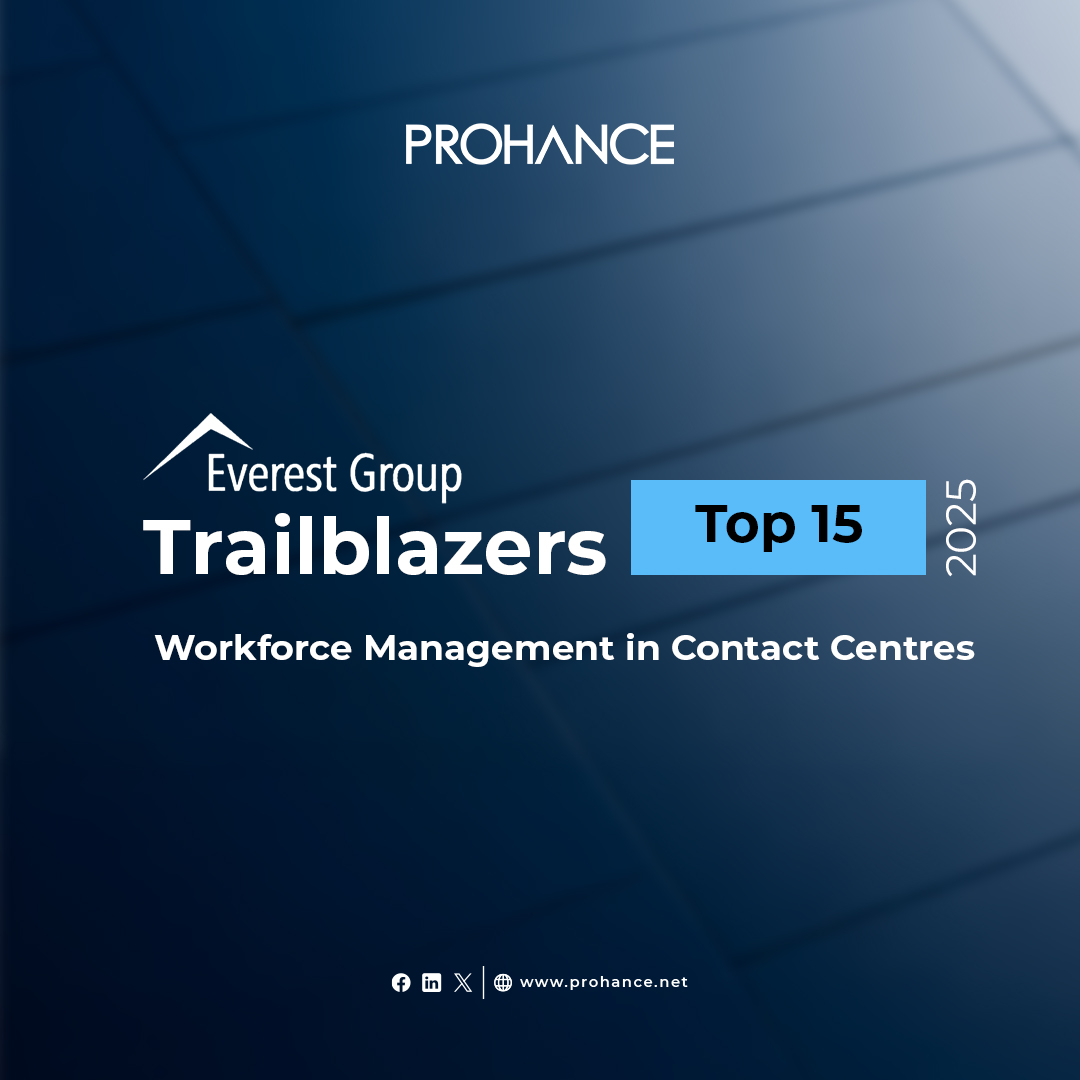Role of AI in Demand Forecasting: Use Cases and Benefits Across Industries
Table of contents
How certain are you about your ability to project what will happen in the future? Commonly employed methods of forecasting tend to be inaccurate and lead to overstocking, stockouts and missed opportunities. But what if there was a method that learns from data and adapts in real-time but that could be used to predict demand with absolute precision?
Artificial intelligence (AI), on the other hand, democratizes the process of predicting demand with its groundbreaking capabilities. This blog covers everything about AI for demand forecasting- its use cases, benefits, and impacts that it has on the business world.
The Role of AI in Demand Forecasting
AI in demand forecasting employs learning algorithms and predictive modeling techniques to make informed forecasts based on a wide range of variables. However, AI can process enormous quantities of real-time information, identify correlations, and make adjustments, as opposed to generic approaches which largely make use of historical data.
AI models rely on a variety of data, including previously captured sales numbers, anticipated patterns in consumer behavior, the temperature for the next week, activity on social media, and even major economic indices to determine the amount of demand that might be needed. This enables organizations to have more data confidence because these models are constantly being updated with new data.
Use Cases of AI in Demand Forecasting
AI in demand forecasting can be applied in the following industries:
- Retail and E-Commerce
- Manufacturing
- Supply Chain & Logistics
- Food and Beverage Sector
- Healthcare Sector
So, how do these sectors specifically benefit from AI in demand forecasting? Let’s find out!
Retail and E-Commerce
AI-deployed demand forecasting is especially effective in retail and e-commerce, where consumer demand is fickle. Through AI and data analysis of various transactions, the time of the year when there is peak demand for certain items can be identified.
For instance, higher demand for summer clothes, holiday gifts and electronics during sales such as Black Friday or Cyber Monday can be anticipated. This facilitates the fitting of stock and appropriate pricing for the goods on offer.
Manufacturing
In manufacturing, AI demand forecasting supports production planning by estimating future requirements of raw materials and finished goods.
Taking into consideration supplier, shops and shipping information, AI performs predictive analytics and sees what potential alterations in demand may take place and therefore how much capacity to produce to maintain and reduce wastage.
Additionally, AI helps to approximate which suppliers will be unable to deliver materials and find alternatives or make changes in real-time.
Supply Chain & Logistics
In order to ensure effective inventory management and logistics, supply chain management has to rely on effective demand forecasting. AI systems assist with crucial transport logistics by calculating the expected variability in demand across different locations.
Early adopters of AI-enabled supply chain management have reduced logistics costs by 15%, improved accuracy in inventory levels by 35%, and boosted service levels by 65%.
Food and Beverage Sector
In the food and beverage sector, demand forecast plays an important role in managing perishables inventory. Various food items can be forecasted using AI systems by combining seasonal trends, local events as well as customer behavior.
This minimizes the amount of food that is wasted, makes sure the product is available for the right time and ultimately maximizes all profits from the business.
Healthcare Sector
AI-based demand forecasting models assess the need for supplies, equipment or staff in the healthcare sector. AI is capable of transforming the realization of inventory by analyzing demand in terms of patients, the occurrence of seasonal diseases and the population age structure to ensure a needful supply is available in the hospitals.
Benefits of AI in Demand Forecasting
Integrating AI into demand forecasting results in a number of critical advantages that dramatically enhance operational flow and judgment procedures in any industry. Some of the most important ones are as follows:
- Enhanced Accuracy of Forecasting
- Processing of Real-Time Data
- Reduction in Expenses
- Improved Customer Experience
- Improved Productivity
Enhanced Accuracy of Forecasting
Artificial Intelligence is one of the most revolutionary and cutting edge technologies that is capable of growing accuracy among demand forecasting models. AI models are established to cut down forecasting inaccuracies to as low as 20%, resulting in more accurate estimations which effectively lowers the threat of overstocking and understocking.
Processing of Real-Time Data
AI is able to use sales transactions, social media activities and trends as well as weather forecasts to analyze and obtain various real time data, giving businesses the opportunity to deal with changes in the market instantly.
Reduction in Expenses
AI has truly transformed how businesses handle their stock and inventory, thanks to its ability to forecast demand. This helps businesses mitigate unnecessary costs and saves money that would otherwise be spent on storage, waste and ultimately lost revenue.
The use of AI assists companies in managing their supply chain more effectively, cutting logistics expenditures by as much as 15%.
Improved Customer Experience
Proper prediction guarantees that a business has the right products during the right time or facilitates optimal stock level measures. This enhances customer satisfaction, as consumers are more likely to find the products they want when they want them.
Improved Productivity
Much of the manual work to generate the demand planning is automated by AI, freeing businesses to give attention only to strategic issues.
What are the Benefits of a Queue Management System?
To be able to successfully implement AI in demand forecasting, several factors have to be rigidly adhered to. These include:
- Data Collection and Integration
- Selecting the Appropriate AI Tools
- Training of the Model and Evaluation of the Model
- Ongoing Maintenance and Upgrade
Data Collection and Integration
This involves synthesis of various determinants of demand that can include historical sales data, customer behavioral data and even the weather’s influence on demand, inventory levels, etc. One important thing to note is data should be ensured to be clean, accurate and easy for AI models to access for effective output generation.
Selecting the Appropriate AI Tools
When the information has been processed, organizations need to finalize the AI tools or platforms for demand forecasting. There is a number of AI-driven demand forecasting software that is out in the market and designed for various sectors.
Training of the Model and Evaluation of the Model
AI models require training using historical data in order to interpret patterns and trends. This includes embedding the data on the machine learning algorithms and letting them detect interrelationships and insights on the data. After the model has been trained it must undergo tests and evaluation so as to check the level of accuracy of the predictions made by the model.
Ongoing Maintenance and Upgrade
AI models require ongoing maintenance and upgrading for better results from the models. As new information is acquired or posted, the model will need to be upgraded so as to align with the current trends and insights.
Also read :- Workforce Forecasting: Why it Matters
Which Industries/Markets Would Benefit from a Queue Management System (QMS)?
Demand forecasting application is one of the categories of AI in supply chain business, and this market is expanding rapidly. To quantify, AI in the supply chain market was valued at $4.5 billion in 2023. It’s estimated to reach $157.6 billion by 2033.
This growth indicates a CAGR of 42.7%. Such growth in the market is a clear testament to the increased adoption of Artificial Intelligence technologies in various sectors of business and the appreciation of their capacity to optimize operations.
At the moment about 45% of enterprises have already introduced AI driven demand forecasting while 43% have the same plans for the near future. This indicates strong interest and momentum towards the implementation of such solutions.
Conclusion
AI has proved to be a game-changer in demand forecasting by allowing businesses to enhance the accuracy of their forecasts, better manage the operational processes and lower their expenses. AI is changing the way businesses prepare for the future with applications in retail and supply chain, manufacturing and healthcare, etc. By incorporating AI in demand forecast, organizations would not only help innovate and meet customer needs but also ensure a competitive edge.
Frequently Asked Question
Q1. What is demand forecasting?
Demand forecasting is the process of predicting future labor requirement based on customer demand for products or services to optimize inventory management, production schedules, and resource allocation. It helps businesses meet customer demand without overstocking or understocking.
Q2. What are the benefits of AI in demand forecasting?
The key benefits of AI in demand forecasting include:
- improved accuracy (reducing errors by up to 30%),
- cost savings,
- better inventory management,
- increased efficiency,
- enhanced customer satisfaction through more reliable product availability.
Q3. What industries benefit from AI in demand forecasting?
AI in demand forecasting benefits several industries, including
- retail,
- manufacturing,
- supply chain management,
- healthcare, and
- food and beverage.






